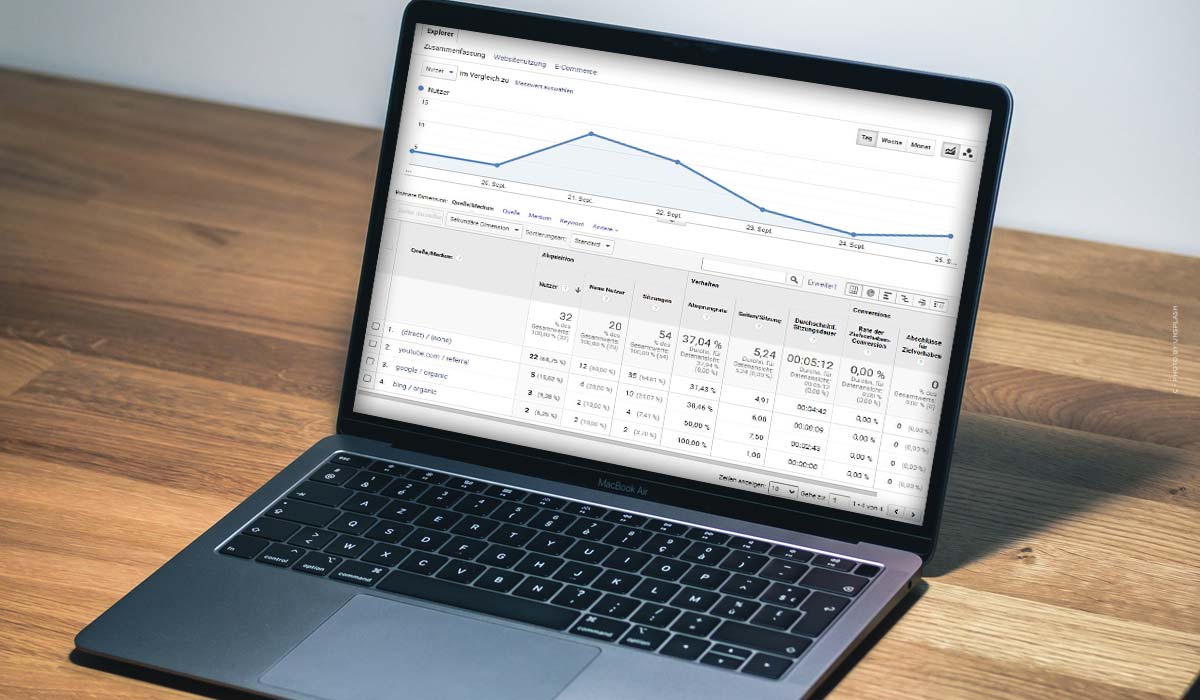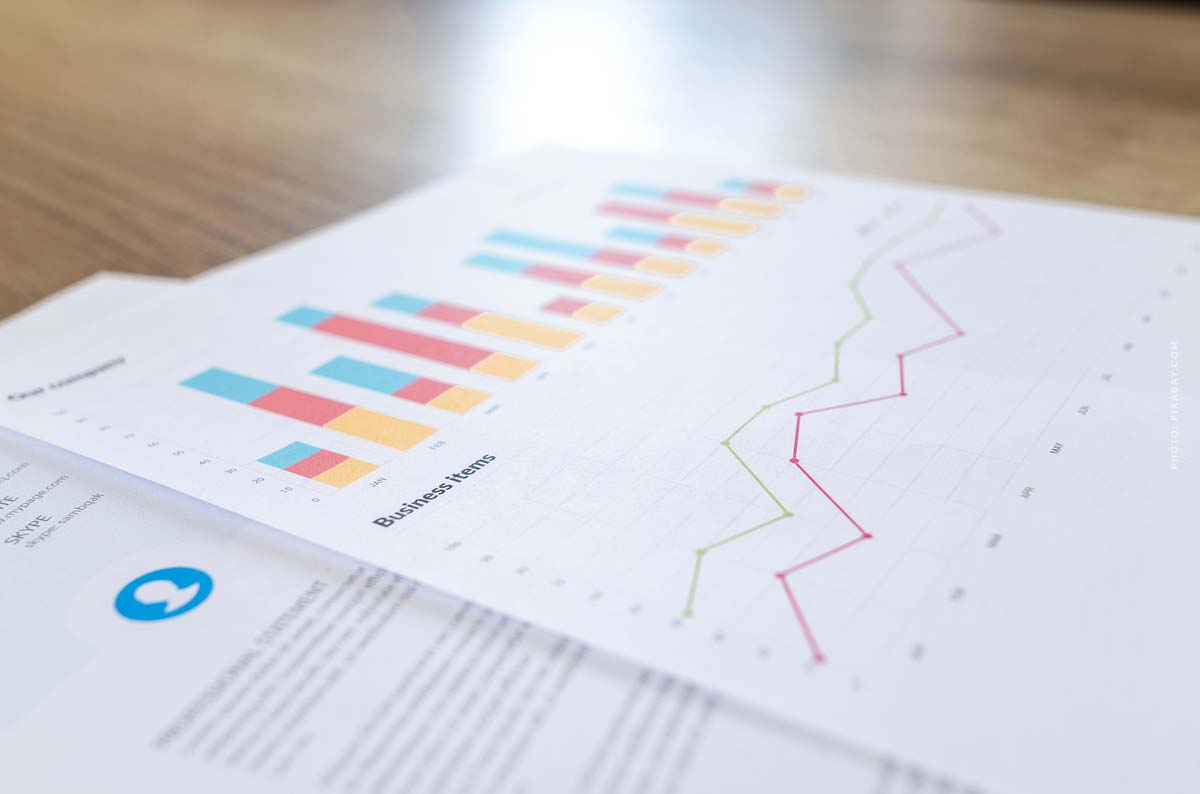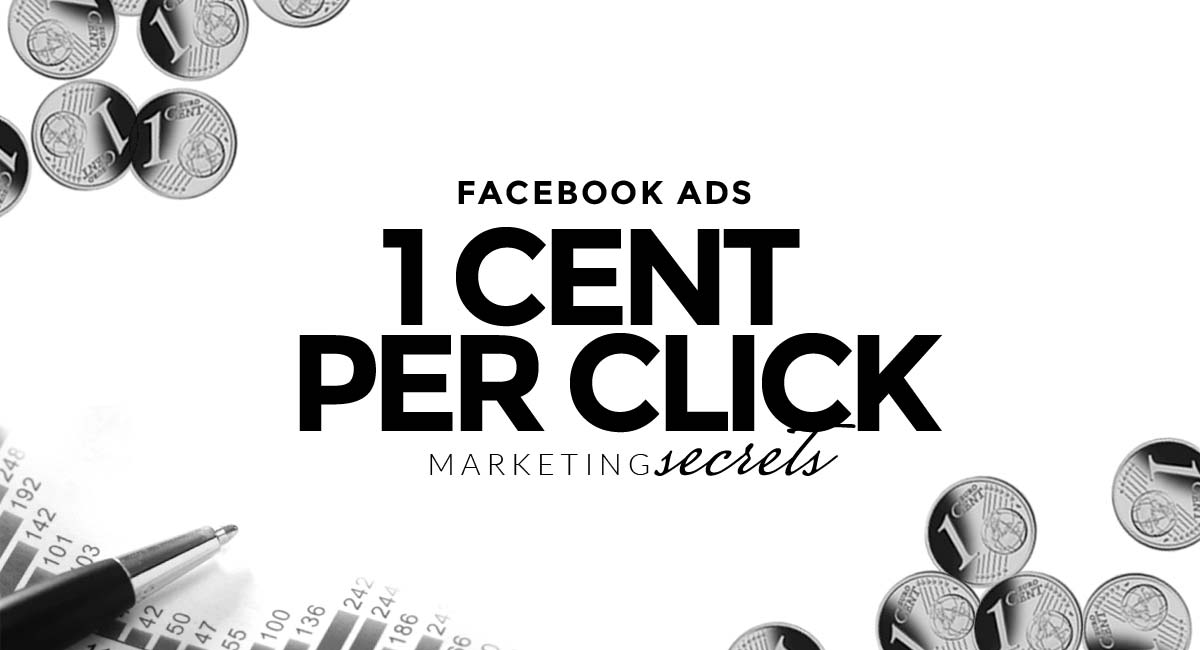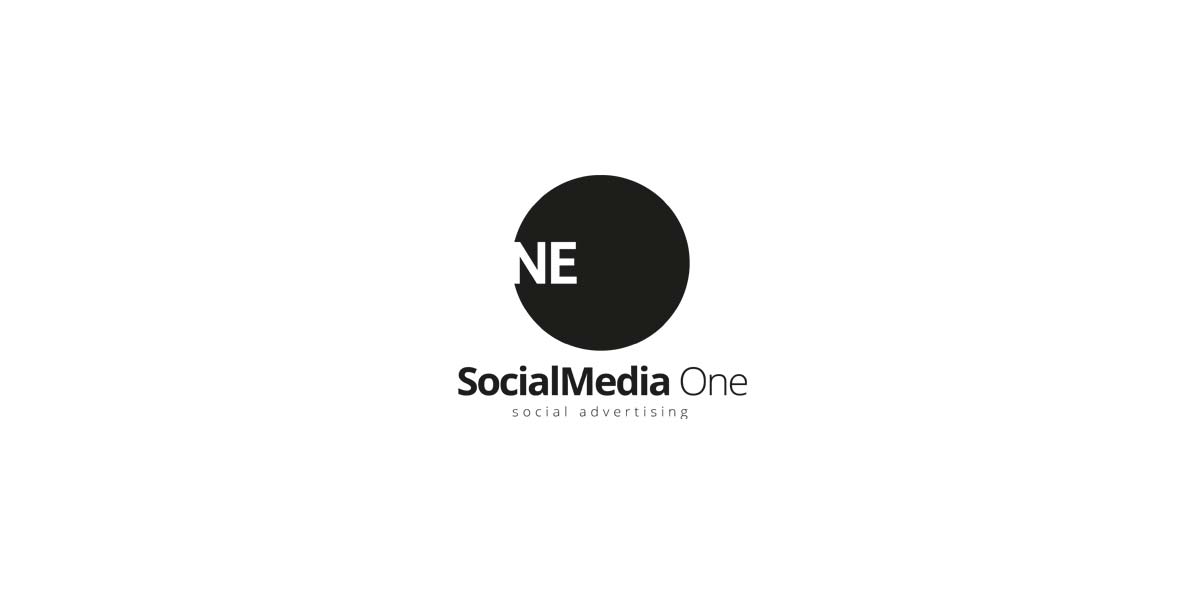CPM (costs per mille) in marketing: abbreviation, definition and calculation + CPC difference
Whoever talks about CTR (Click Through Rate) should also know CPM, also Costs Per Thousand. In the monitoring, for success control, incessantly. What CPM is and what the difference between CPM and CPC is, you will learn here.
CPM simply explained: Definition
Cost Per Thousand (CPM), also known as Costs Per Mille, is a marketing term that refers to the price of 1,000 advertisements. This term also exists in the print sector. Here it is called the “thousand contact price” (CPM).
How much does it cost us to have 1,000 people see our advertisement?
If a website publisher charges 2.00 Euros, this means for you as an advertiser that you have to invest 2.00 Euros to get 1,000 impressions.
CPM is the most common method of pricing web ads in digital marketing.
Advertisers pay website owners a fixed fee for every thousand impressions of an ad. While an impression measures how often an ad has been displayed on a website, it does not measure whether an ad has been clicked. For this you use the click through rate (CTR).
CPM and CPC: What is the difference?
If you place online advertising (ads), you will be charged in two price models.
- CPM (Cost per Mille) = cost for 1,000 impressions
- CPC (Cost per Click) = cost per click
What is a good CPM?
What is a good price? In the end it always depends on the product, the industry and the competition. In the financial services sector, CPM values of up to 4.50 euros are acceptable. For retailers and chain stores rather 1.40 Euro, maximum 1.50 Euro. So if you are offered a CPM below this amount, then, generally speaking, that is a good deal.
Worldwide digital marketing
In 2021, online is expected to account for 52 percent of global advertising expenditure for the first time (source: Internet World). This is the general trend in spending on online advertising worldwide in the years 2014 to 2020, as well as a forecast up to the year 2024.
- 2014 – USD 146.62 billion
- 2016 – 191.87 billion USD
- 2018 – 283.35 billion USD
- 2020 – USD 332.84 billion
- 2022 – USD 441.12 billion*
- 2024 – USD 526.17 billion*
*Forecast from Statistia
Tip! Link Tracking with Google: UTM parameters
In online marketing, often nothing is more important than measuring success. For campaigns on social media networks like YouTube, Facebook, Instagram and TikTok, but also for Google Ads and Native Ads.
UTM parameters: Definition and example
How do you know if your efforts in online marketing (whether advertising or organic content marketing, etc.) are successful? UTM parameters are the answer.
Definition: visitors / follow links
UTM parameters give you the ability to identify your traffic (visitors) by their source (i.e. origin). For example, you can see which visitors came through page XY to your landing page for product XY.
- Read: UTM-Parameters










